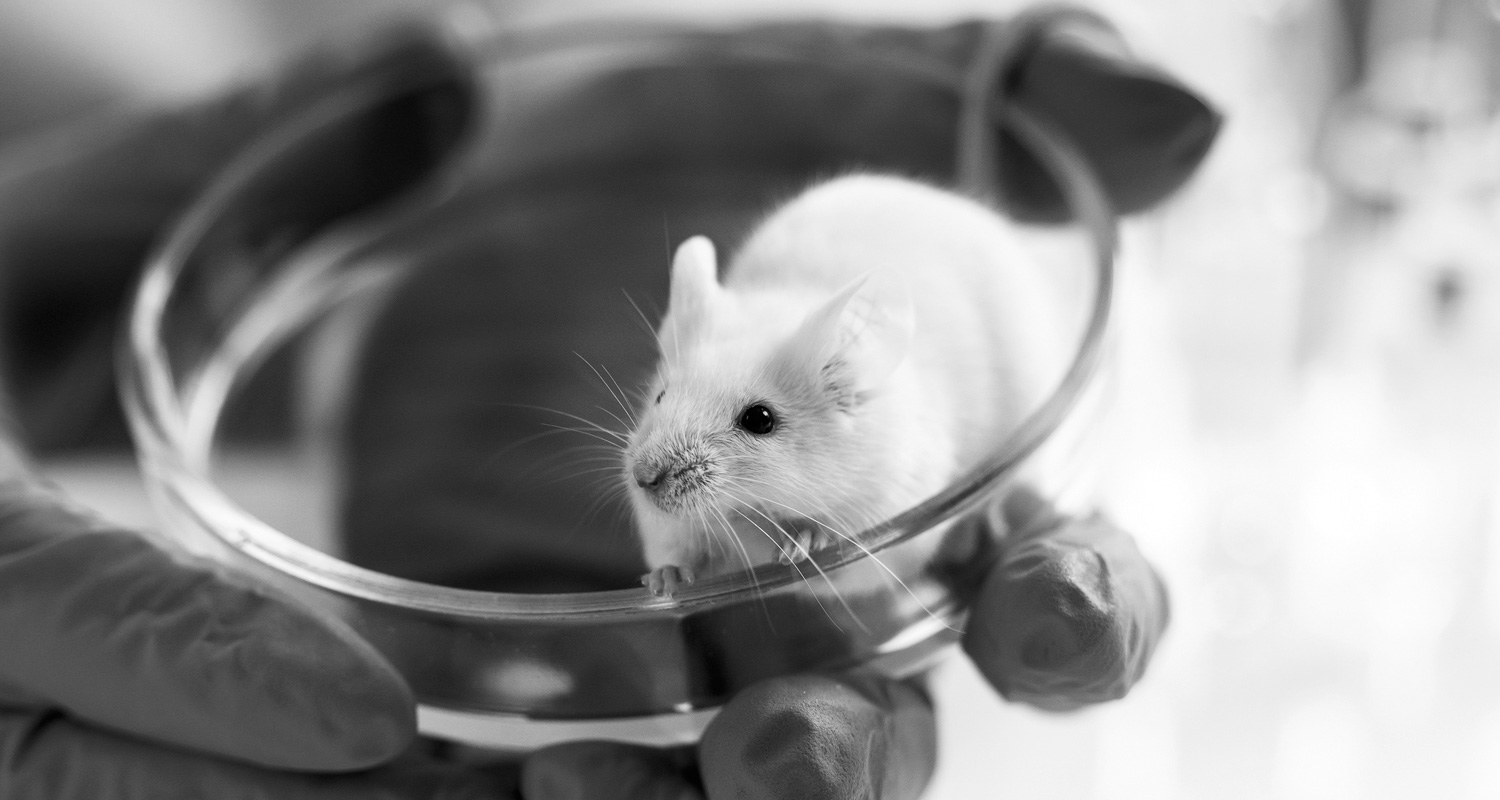NOTE – This content is the opinion of laboratory animal science professionals and presented as an educational resource for research programs. Local, national, and international guidelines for animal care and use are the primary guidance for all research institutions and the information presented here should never be used in place of those guidelines or in place of consultation with facility leadership responsible for determining care, use and safety standard operating procedures.
The US government spends over 30 billion dollars per year on biomedical research. And about half of the work published is questionable because it can’t be reproduced by others. The research community has been struggling with this issue for years. And they are attributing it to insufficient rigor in study design, statistical bias, and a lack of full transparency in the reports published1. In other words, about 15 billion dollars are wasted each year because of sloppy science and subjective reporting. Researchers fall into subjective reporting because they are under a tremendous amount of pressure to publish data to keep their jobs, and to keep the grant money flowing. Also, it’s a cultural dilemma, in which quantity is emphasized over quality. And we need to fix it. Because it’s an unfathomable waste of money, time, and resources. But above all else, it’s an unforgivable waste of animal lives. And what our animals experience for our well-being will always matter more than anyone’s money or time.
I’m very proud of the research community for calling this crisis out publicly. Because of their efforts, new recommendations for study design2 and reporting3 are in place to help us get things back on track. But these corrections don’t go deep enough because they don’t address the most central cause of the issue. Our data come from animals. Sloppy practices related to their care and experiences will always be the primary cause of inconsistent findings across studies. It’s the IT concept of “garbage in, garbage out” applied to living systems that are inherently variable from the start. We can’t control their individual variability, though we should monitor it for the sake of accuracy, e.g., genetic background monitoring in mice. But there is a great deal we can do to minimize the variability of their experiences.
A recent report released by the ACD Working Group on Enhancing Rigor, Transparency, and Translatability in Animal Research4 recommends that we critically evaluate the “extrinsic” environmental factors that can influence biological function in our animals, e.g., bedding varieties, microbiota, temperature, humidity, light levels, noise, vibration, etc. This is a long time coming in my opinion, and it will require that we partner strongly with our researchers, institutional leaders, and vendors to collect the information we need to start addressing the potential impact of these factors on study validity and reproducibility.
In the meantime, I suggest we step back and evaluate the reliability of our current practices. Are we really doing all that we can to ensure that our husbandry practices are as appropriate and standardized as possible? Are we providing enough training and oversight to ensure consistency across technicians? Are we following manufacturer recommendations for monitoring and maintaining consistent equipment function in our cage processing and animal housing areas? Does our institutional culture foster care and excellence, or shortcuts and complacency? Are we really doing all that we can to minimize our own contributions to the reproducibility crisis? Please consider all of this deeply and honestly. If we can do better, we must. The lives of our animals – and our patients – hang in the balance.
References:
- Richard Harris (2017). Rigor Mortis. Basic Books.
- Adrian J Smith et al. (2018). PREPARE: guidelines for planning animal research and testing. Laboratory Animals, 52(2): 135-141. DOI: 10.1177/0023677217724823
- Nathalie Percie du Sert et al. (2020). The ARRIVE guidelines 2.0: Updated guidelines for reporting animal research. PLOS Biology, 18(7): e3000410. https://doi.org/10.1371/journal.pbio.3000410.
- ACD Working Group on Enhancing Rigor, Transparency, and Translatability in Animal Research (2021). https://acd.od.nih.gov/documents/presentations/06112021_RR-AR%20Report.pdf

